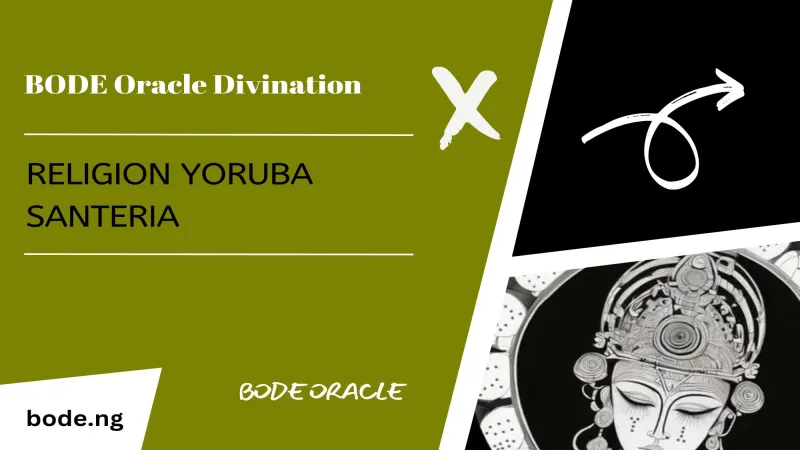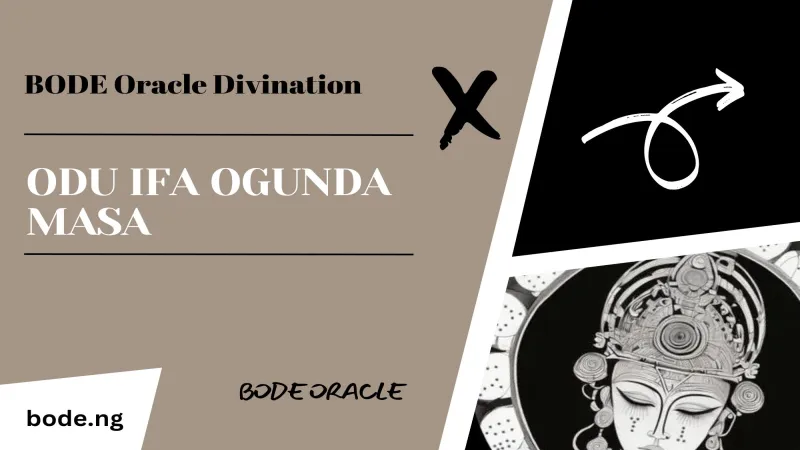Santería refers to the Cuban practice of the Òrìṣà faith, a global religious tradition with roots in Yorùbá culture that has spread and evolved over time.
The term Yorùbá describes a large ethno-linguistic group and their cultural heritage, but it is not a religion. This Afro-Cuban or Afro-Caribbean religion emerged in Cuba during the 19th century, developed by the Yoruba people who were brought to the island as enslaved individuals.
As part of their cultural survival, the enslaved Yoruba integrated their beliefs and practices , giving rise to Santería in Cuba. The term Santería is derived from Spanish and has also been translated as "devotion to the saints."
It is alternatively known as La Regla de Ocha (The Rule of the Orishas) or La Religión Lucumí (The Lucumí Religion). Some sources also refer to it as La Regla Lucumí or The Rule of Osha.
In Cuba, Yoruba enslaved people were often called Lucumí, linking them to the faith's Lucumí heritage. The Yoruba, one of Nigeria's largest ethnic groups, also have communities in northern Togo and Benin.
Historically, the Yoruba had a rich cultural legacy, with a highly organized kingdom and advanced ethical and philosophical systems.
READ MORE
Yoruba Tribal Markings And Cultural Significance
Their stories, often told through parables, proverbs, and patakíes (sacred narratives), were preserved by priests and priestesses.
Today, Yoruba spirituality continues to thrive, with over 20 million followers in West Africa as of the 21st century. The Yoruba are renowned for their craftsmanship, excelling in leatherwork, wood and ivory carving, glassmaking, and blacksmithing.
Their religion recognizes a pantheon of 400 deities, known as orishas, who exist within a hierarchical structure under the supreme creator, Olodumare.
Where Does Santería Come From?
Santería traces its origins to the Yoruba people of West Africa. During the transatlantic slave trade, many Africans were forcibly taken to regions such as Cuba, Brazil, Haiti, the southern United States, Puerto Rico, Trinidad, and other nations in the Caribbean basin.
In Cuba, enslaved Yoruba individuals were often referred to as "Lucumí," possibly due to a misconception that they belonged to the Ulkumí tribe or because they addressed one another as Oluku Mi, meaning "my friend."
Although many Africans were compelled to convert to Catholicism upon their arrival in the Americas, they often continued practicing their traditional religions simultaneously.
It is a common misconception that Afro-Cubans merged their native faiths with Catholicism into a single religion. Instead, a more accurate perspective is that the two systems coexisted, running parallel in the minds of Afro-Cuban practitioners, who saw no contradiction between them.
Followers of Regla de Ocha, or Santería, might identify as Catholic, attend Catholic mass, and baptize their children in the Catholic tradition while also practicing their African-based religion within their ilé (Lucumí temple-house), either in their homes or in the homes of religious elders.
People Also Read
Opon Ifa The Ifa Divination Tray
Ifa Divination And How It Can Solve Your Problems
Yoruba Mythology Deities And Orisa
While practitioners understand that Catholic saints and Lucumí Orishas are not the same, they recognize similarities between them.
For instance, it is common to place statues of Saint Barbara or the Virgin of Charity on a Lucumí altar to represent Changó or Oshún, two of the most revered Orichas in Cuba.
For centuries, Santería was practiced discreetly to avoid religious persecution and the social stigma associated with Afro-Cuban culture.
It endured as an oral tradition, passed down through initiation ceremonies that fostered strong community bonds and established distinct lineages rooted in ancestral heritage.
Santería Beliefs And Practices
Santería is a religion centered on divination and mediumship. Mediums are practitioners who communicate with spirits, while divination involves using supernatural methods to gain insight into the unknown or future.
Practitioners connect with the orishas, deities who offer protection, wisdom, and prosperity. Orishas are honored through rituals, with practitioners believing that prayers to specific orishas bring guidance in life.
Ritual sacrifices, including the offering of animals, are performed, and altars are adorned with items like rum, cakes, cigars, and flowers to appease the deities.
Many practitioners, especially new initiates, wear white to symbolize spiritual purity. The supreme deity in Santería is Olodumare, also referred to as Olofi and Olorun. Olodumare is regarded as the universal Creator and Father of all elements in existence.
Olofi serves as the intermediary, communicating with the orishas to convey their messages to humans, while Olorun presides over the heavens.
You Can Also Read More On
Brief History of Hermeneutics in Relation to Odu Ifa
Santería integrates Catholic saints with Yoruba orishas, creating a symbiotic relationship between the two traditions. Each orisha in Santería has a unique identity and personality.
While the saints and orishas are not direct equivalents, they share similar traits that align with Santería’s beliefs. Orishas represent both human characteristics, such as love, and elements of nature, such as water.
Santería practitioners worship in a casa or ilé, typically the home of a Santería priest or priestess who serves as a godparent to an extended spiritual family.
This family structure has a defined hierarchy based on members' spiritual experiences and roles. The extended family includes godparents (priests and priestesses), godchildren, and spiritual uncles and aunts.



